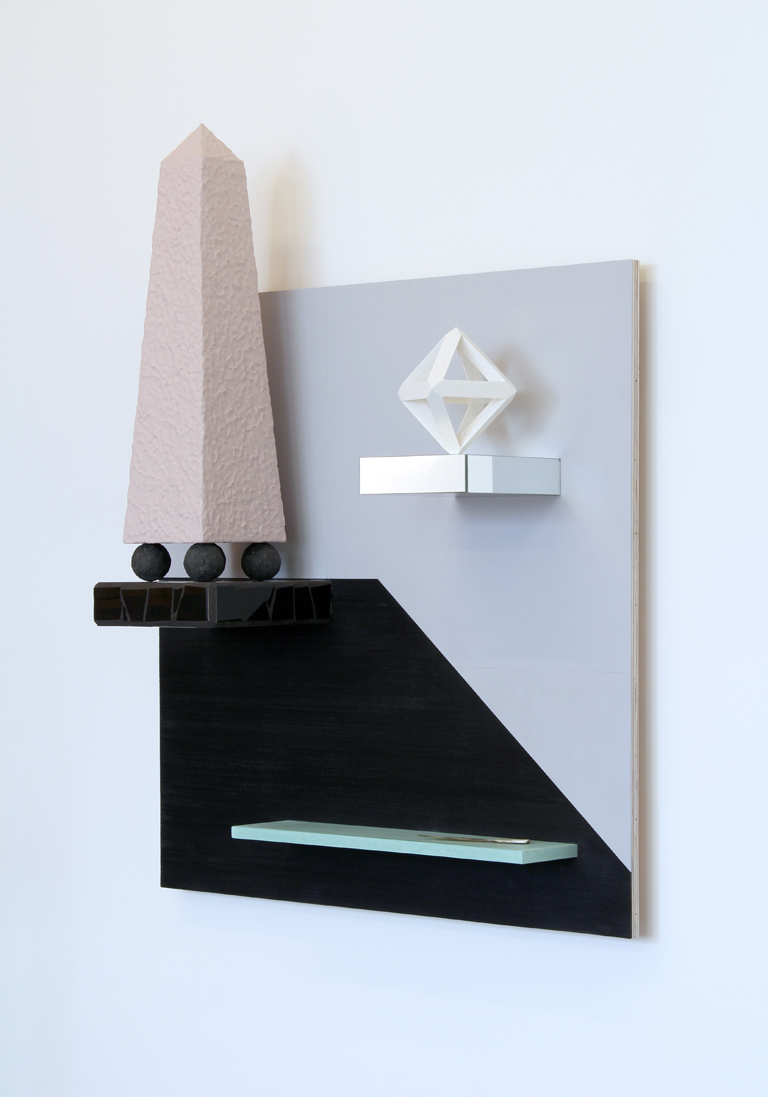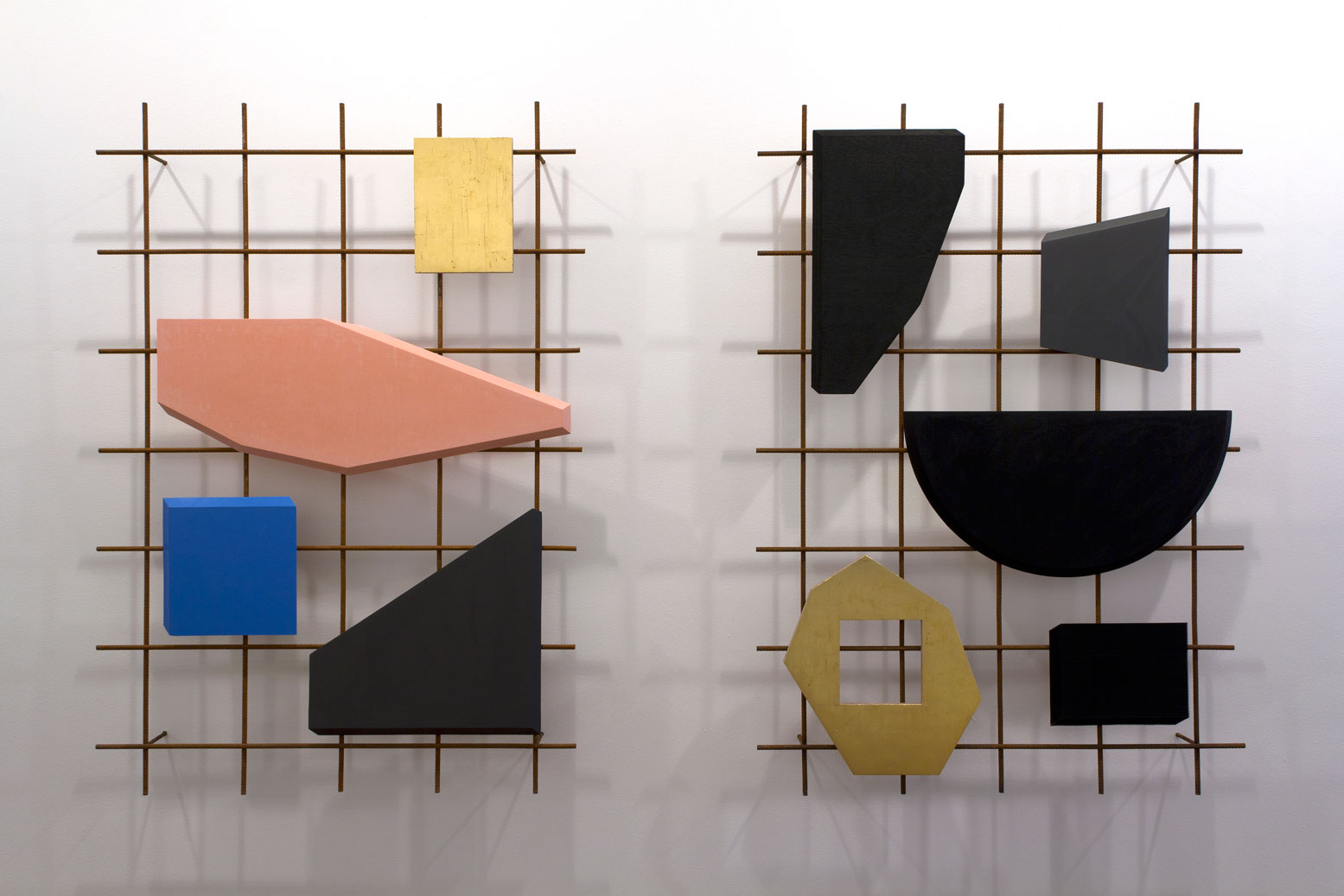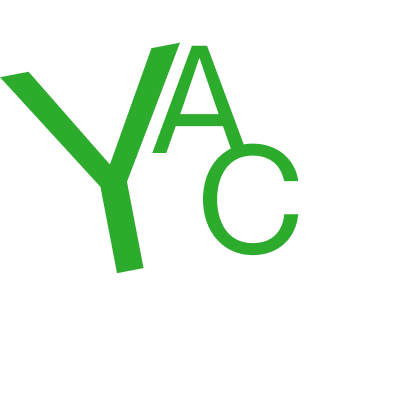Iain Hales
Interview by David McLeavy
Published April 2015
-
Iain Hales' practice incorporates a vast variety of traditional and contemporary materials that in most cases have been meticulously crafted into their various forms. Along with other elements, Hales' sculptural works look at the function of objects or matter in space and how simple abstracted gestures can manipulate the space in which they inhabit.
-
To start off with, why do you make sculpture?
Because I'm a masochist! No, well maybe...
I'm not sure if I know why I make sculpture, I don't think it's as conscious as that, it's more of a compulsion to make objects, things that exist in space. I think this instinct to deal with space is common to anyone who considers themselves a "sculptor". Beyond this, I'd say it's my almost fetishistic interest in materials - their inherent colour and texture - and that making/manufacturing is a huge part of what I do.
Fundamentally I believe sculpture is a way of seeing, thinking about and responding to the world. On my BA we used to joke that if you found a sculpture in a room you would be able to tell if it had been made by someone from the sculpture school or by someone studying in the drawing and painting school. Now, I know some people don't find those distinctions particularly useful, in fact the separation that I've discussed above doesn't exist at ECA anymore, and I wouldn't want people to think I have something against painting, I don't, painting is very important to my practice and the work I make, but I understand implicitly that by conceiving of myself as a sculptor, that that can't help but affect what and how I make.

Euclidean Display Unit, (detail), 130 x 100 x 30cm, Plywood, MDF, rubber floor tiles, fluted rubber matting, grey-board, Newplast modelling clay, polystyrene, Jesmonite, pigmented concrete, ceramic tiles, coloured grout, mirror, wire, plaster, pigmented chalk gesso, horn paper-knife, 2013
You mention how you have an almost fetishistic interest in sculpture or the materials of sculpture. Is this something that transfers to anything of apparent beauty that is composed of attractive materials such as furniture or fashionable clothing or is it just a feeling you reserve for your artworks? And to follow on from that point what function do you feel your sculpture can provide in place of other designed objects such as furniture or another physical product?
The first thing I should say, is that when I said materials in my earlier answer I meant material in it's widest possible sense, not specifically "sculpture" materials. I am drawn to anything that has an intriguing texture or interesting colour (even better if it has both), I find myself mentally 'collecting' things, waiting for the appropriate time or work to make use of them.
So, to try and answer your first question... Simply put, it's different. Of course, I am a attracted by 'beautiful' things (beauty - a whole other conversation!) and things made of attractive materials or in interesting colours - for instance, the particular blue of a porcelain jug or the elegant sweep of a balustrade. Whereas, when I see materials I'd like to use in work, I see them as somehow abstracted, removed from their context, divorced from the world; it's quite hard to describe the sensation, it's almost like it's floating in a kind of stasis, a universal constant - I often start to salivate (I know, weird!), then I know I've found something really good. Ultimately, the main difference when experiencing material in this sort of isolated state is that it affords me the opportunity of seeing it 'transform' into work in my mind's eye. And I should add, I feel a similar responsibility to my materials as Frank Stella intimated when he said his aim was, "to make the paint look as good as it does in the tin."
I understand why you ask me the second question, it's clear from my work that I'm interested in particular periods of design, and that I 'quote' the vocabulary of furniture or architecture in my work - tables, loungers, pillars, etc. However, I don't look upon my work in the same way as I would a chair; I don't see art as having the same use-value as a piece of design, I'd be horrified if someone sat on my work's 'lounger' or left a glass on it's 'table'. Art objects are much more ambivalent things, they have an independent nature, they are not there to satisfy particular desires or needs.

Euclidean Display Unit,, 130 x 100 x 30cm, Plywood, MDF, rubber floor tiles, fluted rubber matting, grey-board, Newplast modelling clay, polystyrene, Jesmonite, pigmented concrete, ceramic tiles, coloured grout, mirror, wire, plaster, pigmented chalk gesso, horn paper-knife, 2013
How important is the act of ‘making’ your sculptures and is it always 100% necessary for you to make them yourself?
'Making' is a hugely important part of my work, I find that it is through the process and duration of making that I come to understand and resolve my works. I appreciate that there is something perverse in my pursuit of quite high, almost industrially manufactured, production values from a handmade process. However, I feel that there is something important (for me anyway) in my striving for this unattainable finish; being frustrated and disappointed by my failure to achieve the (initially) desired finish; and then having to reconcile myself to that failure, coming to terms with the current state of the work in progress. In many ways the work is more interesting when I fail to achieve my intended finish, none of this would be possible if I didn't make the work myself.
I remember having a conversation with Phyllida Barlow when I was at the Slade; I'd been making lots of really quick works with stuff I'd pulled out of skips - bits of scrap building materials mostly. We were discussing the pitfalls of working in this quick and spontaneous way, she said "you spend 10% of your time making this thing and spend the rest of it wondering what the hell you've done!" She also suggested that part of the reason she worked at scale was a way of slowing her process down: so that "her brain could keep up with her hand." I think part of the reason I embark on such laborious processes is to do the same thing - slow down. That way I can ruminate on the work as I make it.
All this being said, I'm not a purest, it's not essential that I make 100% of my works, I do have some things fabricated. The bits I have fabricated, tend to be things that require a particular sets of skills, which I don't have and have no desire to acquire, and where evidence of my 'hand' is not important to the final piece. I don't weld or do metal work - I learnt the rudiments on my BA, but it was never a material I enjoyed working with - if I need metal components made, there's a guy I go to, and there's no sense in me learning how to cut mirror. What is important is that these fabricated items are only part of a larger composition, or that they come into the studio where I will work on them in some way, taking back their ownership.

Your City's a Sucker, My City's a Creep (left), and It Was Decided Before I Asked Why (right), 140 x 98 x 13cm (each), Concrete reinforcing mesh, plywood and MDF, gesso and pigmented gesso, graphite powder bound with rabbit skin glue, gold leaf, rubber floor tiles, 2012
I am interested in the conversation you had with Phyllida Barlow and what you said about "spending 10% of your time making this thing and spend the rest of it wondering what the hell you've done!". How do you go about planning your work and the materials you want to use? Do you making drawings or plans?
The funny thing is my working process completely changed immediately after that conversation with Phyllida. Now I'd say it's almost the reverse; the idea comes quite quickly, which is then followed by the laborious making process!
In terms of planning my work, my ideas come quite spontaneously, usually when I'm day dreaming. These initial ideas tend to be quite nebulous - it could be a form, a colour/texture, or the posture the forms might adopt - this sets the tone for the work. Then around this 'thing' I mentally start testing out what could go next to it - it's kind of like trying to put jigsaw pieces together, I'm waiting for something to click. The work accretes in this way until I find all of the components that are required.
This doesn't always happen in one hit, sometimes two or three things come together, but you know that's not the finished work; you can start with this and discover the other things as you go.
For instance, with Odalisque (2014) I had a strong feeling that the work shouldn't sit directly on the floor, but I didn't how to address that. I'd considered different fabrics, felt, flooring material, but nothing felt right, and then, quite close to the end, it suddenly struck me... "So... she's reclining on something that looks like a sun lounger." Then I thought... "Nautical... stripes! But not a towel... too flimsy... a rug! Has to be a flat-weave rug... feels more like something you'd have outdoors in a warm climate", this all tied in with the reference I was making to the historical genre of Odalisque painting and its association with the Turkish bath; plus the whole black-and-white stripe thing has become a bit of a motif I'm drawn to again and again.
I suppose I've always made some use of drawing when making my sculptural work. Usually they're quite schematic, like planning drawings where I work out how to construct something (I use Sketch-Up to calculate compound angles, and my sketchbooks are full of trigonometry equations!) or determine the relative proportions of components. However, recently I've started making "preparatory sketches" of my larger more complicated works, by this I mean rough perspectival sketches of how the sculptural composition might sit in space. This has become an important step in my process; sometimes it's just a useful way to get an idea down when you don't have time to make that work, at that point in time.

Odalisque, 160 x 250 x 200cm, Expanded polystyrene, quadraxial fibreglass, pigmented Jesmonite, MDF, rubber floor tiles, flexible plywood, ceramic mosaic tiles, coloured grout, cement, plywood, eggshell paint, mirror, pigmented concrete, steel, spray-paint, woollen flat-weave rug, 2014
I am interested in what you mentioned about using mathematical equations and trigonometry within your work, or at least the preliminary plans. Is this something you have taught yourself or something that you draw on from previous experience?
I'm from Scotland and our secondary school education is a bit different up there; where you probably sat 3 or 4 A-levels in your final two years of school, I took eight subjects at Higher Level. As one is able to take more subjects, their range can be much broader; there isn't the same pressure to specialise, or narrow your focus too soon. However, at most schools there is the expectation that at least one of those subjects should be Maths or English; at my school you were expected to take both.
I actually dropped Art in my 5th year and instead took English, Maths, Physics, Chemistry, and Geography. Thinking back, I suppose I felt pressure - real or imagined - to focus on 'academic' subjects. I then picked Art back up in my 6th year, as well as taking a couple of crash Highers. This is probably why, straight out of school, I ended up at Glasgow Uni doing an academic degree, and didn't get to art school until I was almost 24.
Getting back to your question, I guess the mathematical equations are a hangover from school; they are also a reflection of a certain fastidiousness in my practice.
-
Iain Hales lives and works in London. Recent exhibitions include Post-Model Montage, Standpoint Gallery, London, Euclidean Display Unit, m2 Gallery, London, Iain Hales, Cole, London, Show Off, LeandaKateLouise, London and Putt Putt #2, Turf Projects, Croydon, London.
-
If you like this why not read our interview with Doug Bowen
-
© 2013 - 2018 YAC | Young Artists in Conversation ALL RIGHTS RESERVED
